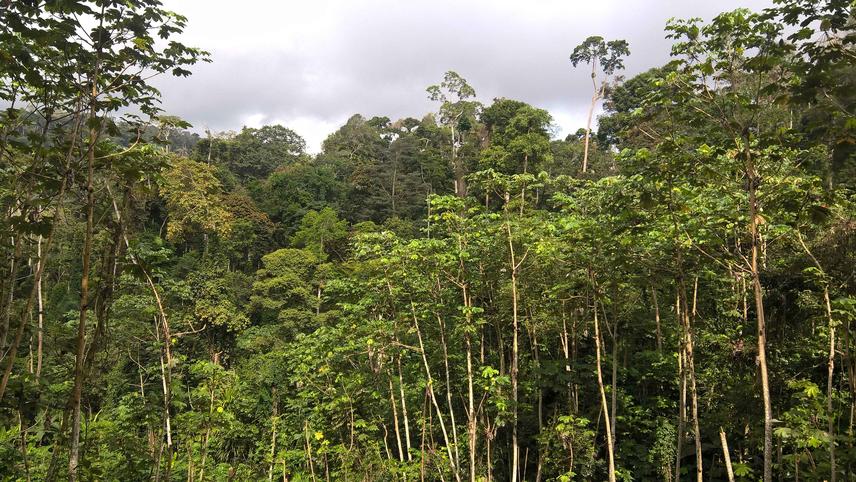Ohene Boakye Adomako
Other projects
12 Mar 2014
Survey and Conservation Status of Two Threatened Hinge-backed Tortoises (Kinixys homeana and K. erosa) in South-Western Ghana
23 Mar 2017
Conservation Action for the Two Endangered Hinged-Backed Tortoises (Kinixys homeana and K. erosa) in South-Western Ghana
25 Jun 2019
Empowering Indigenous People to Protect the Two Endangered Hinge-Backed Tortoises (Kinixys homeana and K. erosa) in South-western Ghana
Chelonians are facing the highest extinction risk compared to any large vertebrate group on Earth (Stanford et al. 2020 – https://doi.org/10.1016/j.cub.2020.04.088). In Ghana’s high forest zone (HFZ), our previous RSG projects have revealed hunting for food, trade on fetish markets and habitat loss to be the foremost threats to the two sympatric hinge-back tortoises: Home’s hinge-back tortoise (Kinixys homeana) and forest hinge-back tortoise (Kinixys erosa). Given these concerns, this project seeks to create a haven for Kinixys tortoises and alleviate socioeconomic drivers of tortoise exploitation in the Tano-Offin Forest Reserve (TOFR) and surrounding landscapes.

View of Tano-Offin Forest region. © Ohene Adomako.
Most notably, we will work with local communities to identify other effective area-based conservation measures (OECMs) within the TOFR landscape. OECMs are geographic sites outside protected areas that deliver long-term biodiversity conservation. This new area-based conservation model will promote the social, economic and cultural well-being of local communities in addition to biodiversity conservation. The OECMs will protect threatened habitats within the TOFR landscape by emphasising sustainable land use practices and maintaining biological integrity. OECMs will also protect the different networks of streams and rivers within the landscape and serve as buffers for the TOFR against other pressures such as climate change. Furthermore, OECMs will serve as refuges and corridors for threatened species within the TOFR landscape, facilitating wildlife migration, helping to maintain genetic diversity and ensuring that species survive within the landscape. We will boost conservation efforts through education, illegal wildlife hunting and trade deterrents and livelihood interventions to influence local people to stop destructive forest activities and direct killing of threatened animals.
Ultimately, this project will specifically:
I. Boost communities' efforts to farm mushrooms instead of hunting tortoises and engaging in other forest-destructive activities.
II. Intensify community-led deterrents to illegal wildlife hunting and trade (IWHT).
III. Raise awareness about wildlife hunting regulations and the impacts of mining on tortoises.
IV. Identify and certify priority habitats outside the TOFR as other effective area-based conservation measures (OECMs), which will serve as sanctuaries for Kinixys populations and other threatened species.